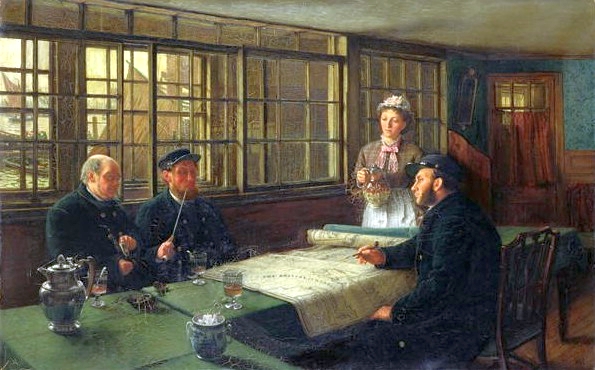What is the best type of life insurance term or permanent? It depends on the individual’s situation, but certainly term life insurance and one permanent product called Guaranteed Universal Life (GUL) are straightforward and similar in concept. A Guaranteed UL, also called no-lapse Universal Life, like term has a fixed premium for a set period of time, up to an age 120+ lifetime guarantee. Of all the permanent life insurance products, Guaranteed Universal Life offers the lowest cost death benefit. Pay on time and coverage is guaranteed, and the premium is guaranteed never to go up. All you need to figure out what time period is best and affordable. The only real debate between term and guaranteed UL is the comparative cost for the length of coverage. For example:

$250,000 coverage, Male, age 48, super preferred, monthly premiums:
$25.06 10 year term
$29.51 15 year term
$37.99 20 year term
$58.22 25 year term
$63.29 30 year term
$172.21 age 90 Guaranteed UL
$213.25 age 120 Guaranteed UL
In this example, as in most cases, 30 year term covers is less expensive than coverage to age 90. The higher premium is a function of the odds of outliving the policy. Check out the Social Security actuarial life table for life expectancy for your age. This table gives the life expectancy of a 48 year old males as 31.61 years. If you want a more individualized life expectancy try here.
Historical
Universal Life (UL), also called Current Assumption Universal Life (CAUL), has been around since the 1980’s. UL products promised higher cash value accumulation than whole life insurance, but did have a lifetime coverage guarantee. Many of the those UL products sold in the 80’s and 90’s under performed. When cash value sinks to zero in a UL policy will lapse, or terminate, unless bolstered by ever higher premiums. As a result consumers lost confidence in the death benefit protection of Universal Life. In the early 2000’s the life insurance industry responded by adding a “no-lapse guarantee” or “secondary guarantee”, typically a lifetime guarantee, as a line of UL products. These Guaranteed Universal Life (GUL) products, a.k.a. Universal Life with Secondary Guarantees (ULSG), have done quite well in the life insurance market, since they offer a lifetime coverage guarantee for substantially less than whole life. Most consumers, especially those in their 60’s and 70’s, for estate planning purposes are interested in low cost lifetime death benefits guarantees, not cash value accumulation. In recent years the Great Recession and regulatory changes winnowed down the number of carriers offering GUL products, but there are still multiple carriers who offer them, giving the consumer a wide range of competitively priced options.
update with revised quotes: 01/09/2023



 Licensed Agent: Sean Drummey
Licensed Agent: Sean Drummey